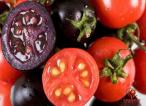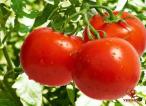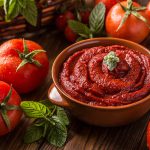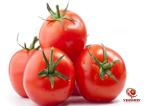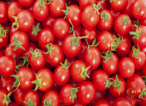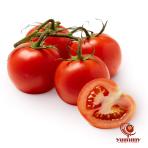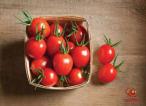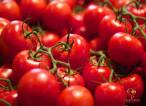Purchase and price of tomato paste for baby types
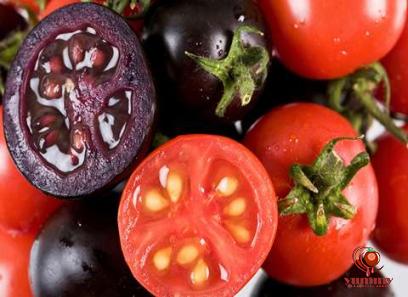
When it comes to introducing solid foods to your baby, tomato paste can be a delicious and nutritious option. Packed with vitamins, minerals, and antioxidants, tomato paste offers a range of health benefits for your little one. In this comprehensive guide, we will explore everything you need to know about tomato paste for babies, including its benefits, safety considerations, and tips on how to incorporate it into your baby’s diet.

.
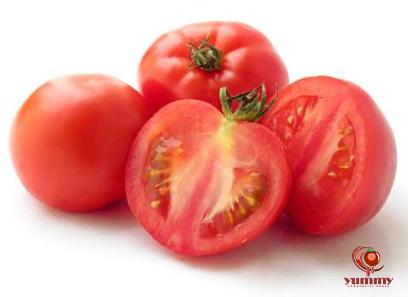 Benefits of Tomato Paste for Babies: 1. Rich in Nutrients: Tomato paste is a concentrated source of nutrients, including vitamins A, C, and K, as well as potassium and folate. These essential nutrients are crucial for your baby’s growth and development, supporting their immune system, bone health, and overall wellbeing. 2. Antioxidant Properties: Tomato paste is rich in antioxidants, such as lycopene, which help protect cells from damage caused by free radicals. These antioxidants can help reduce the risk of chronic diseases and support your baby’s long-term health. 3. Digestive Health: Tomato paste contains fiber, which is important for maintaining a healthy digestive system. Introducing foods like tomato paste early on can help promote good gut health for your baby. 4. Boosts Immune System: With its high vitamin C content, tomato paste can help strengthen your baby’s immune system, protecting them from illness and infections. Including tomato paste in your baby’s diet can provide an additional layer of defense against common childhood illnesses.
Benefits of Tomato Paste for Babies: 1. Rich in Nutrients: Tomato paste is a concentrated source of nutrients, including vitamins A, C, and K, as well as potassium and folate. These essential nutrients are crucial for your baby’s growth and development, supporting their immune system, bone health, and overall wellbeing. 2. Antioxidant Properties: Tomato paste is rich in antioxidants, such as lycopene, which help protect cells from damage caused by free radicals. These antioxidants can help reduce the risk of chronic diseases and support your baby’s long-term health. 3. Digestive Health: Tomato paste contains fiber, which is important for maintaining a healthy digestive system. Introducing foods like tomato paste early on can help promote good gut health for your baby. 4. Boosts Immune System: With its high vitamin C content, tomato paste can help strengthen your baby’s immune system, protecting them from illness and infections. Including tomato paste in your baby’s diet can provide an additional layer of defense against common childhood illnesses.
..
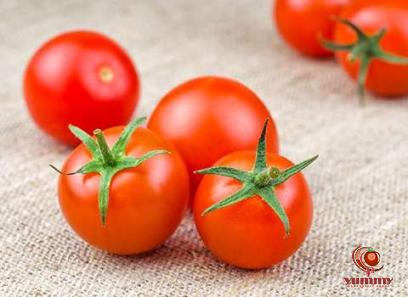 Safety Considerations: 1. Allergies: Tomatoes are considered a low-allergen food, but some babies may still be allergic to them. It’s essential to introduce tomato paste gradually and monitor your baby for any signs of an allergic reaction, such as rash, swelling, or difficulty breathing. Consult your pediatrician if you have any concerns about food allergies. 2. Acidic Nature: Tomatoes are naturally acidic, which can cause discomfort for babies with sensitive digestive systems. If your baby experiences acid reflux or tummy troubles after consuming tomato paste, consider reducing the amount or waiting until they are older before reintroducing it. 3. Added Sodium and Sugar: Commercial tomato paste may contain added sodium or sugar, which is not recommended for babies under one year old. When choosing tomato paste for your baby, opt for brands with no added sugars or salts to ensure their diet remains healthy and balanced. How to Incorporate Tomato Paste into Baby’s Diet: 1. Homemade Purees: You can make your own tomato paste puree at home by blending fresh tomatoes until smooth. Mix the puree with other baby-friendly vegetables, such as carrots or sweet potatoes, to create a nutritious and flavorful meal for your little one. 2. Pasta Sauce: Add a spoonful of tomato paste to homemade pasta sauce for a burst of flavor and nutrition.
Safety Considerations: 1. Allergies: Tomatoes are considered a low-allergen food, but some babies may still be allergic to them. It’s essential to introduce tomato paste gradually and monitor your baby for any signs of an allergic reaction, such as rash, swelling, or difficulty breathing. Consult your pediatrician if you have any concerns about food allergies. 2. Acidic Nature: Tomatoes are naturally acidic, which can cause discomfort for babies with sensitive digestive systems. If your baby experiences acid reflux or tummy troubles after consuming tomato paste, consider reducing the amount or waiting until they are older before reintroducing it. 3. Added Sodium and Sugar: Commercial tomato paste may contain added sodium or sugar, which is not recommended for babies under one year old. When choosing tomato paste for your baby, opt for brands with no added sugars or salts to ensure their diet remains healthy and balanced. How to Incorporate Tomato Paste into Baby’s Diet: 1. Homemade Purees: You can make your own tomato paste puree at home by blending fresh tomatoes until smooth. Mix the puree with other baby-friendly vegetables, such as carrots or sweet potatoes, to create a nutritious and flavorful meal for your little one. 2. Pasta Sauce: Add a spoonful of tomato paste to homemade pasta sauce for a burst of flavor and nutrition.
…
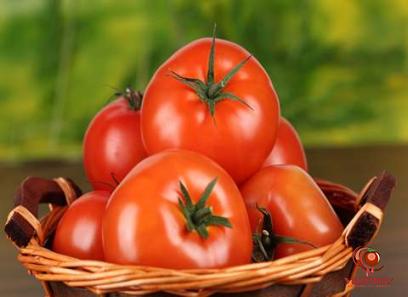 Combine it with cooked vegetables, protein sources like chicken or lentils, and baby-friendly pasta shapes for a complete and well-rounded meal. 3. Soups and Stews: Tomato paste can enhance the taste of soups and stews, making them more appealing to your baby. Mix a small amount of tomato paste into hearty vegetable soups or meat stews to provide a depth of flavor and nutrient boost. 4. Finger Foods: As your baby transitions to finger foods, you can offer them tomato paste spread on whole-grain toast or crackers. This introduces them to different textures and flavors while providing a healthy snack option. Conclusion: Tomato paste is a versatile and nutrient-dense food that can be a valuable addition to your baby’s diet. With its array of health benefits, including vitamins, antioxidants, and fiber, tomato paste can support your baby’s growth and development. By following safety considerations and incorporating tomato paste in a variety of ways, you can introduce this wholesome ingredient to your baby’s meals with confidence. Remember to consult your pediatrician before introducing any new foods to your baby’s diet to ensure they are suitable for their age and stage of development. 5. Pizza Toppings: For older babies who have started eating solids and are ready for more diverse flavors, you can use tomato paste as a topping for homemade mini pizzas. Spread a thin layer of tomato paste on whole-grain pita bread or mini pizza crusts, and let your little one customize their pizza with baby-friendly toppings like shredded cheese, diced vegetables, and diced chicken or turkey.
Combine it with cooked vegetables, protein sources like chicken or lentils, and baby-friendly pasta shapes for a complete and well-rounded meal. 3. Soups and Stews: Tomato paste can enhance the taste of soups and stews, making them more appealing to your baby. Mix a small amount of tomato paste into hearty vegetable soups or meat stews to provide a depth of flavor and nutrient boost. 4. Finger Foods: As your baby transitions to finger foods, you can offer them tomato paste spread on whole-grain toast or crackers. This introduces them to different textures and flavors while providing a healthy snack option. Conclusion: Tomato paste is a versatile and nutrient-dense food that can be a valuable addition to your baby’s diet. With its array of health benefits, including vitamins, antioxidants, and fiber, tomato paste can support your baby’s growth and development. By following safety considerations and incorporating tomato paste in a variety of ways, you can introduce this wholesome ingredient to your baby’s meals with confidence. Remember to consult your pediatrician before introducing any new foods to your baby’s diet to ensure they are suitable for their age and stage of development. 5. Pizza Toppings: For older babies who have started eating solids and are ready for more diverse flavors, you can use tomato paste as a topping for homemade mini pizzas. Spread a thin layer of tomato paste on whole-grain pita bread or mini pizza crusts, and let your little one customize their pizza with baby-friendly toppings like shredded cheese, diced vegetables, and diced chicken or turkey.
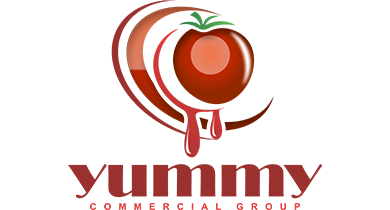

 Phone number:
Phone number:  WhatsApp Response:
WhatsApp Response: